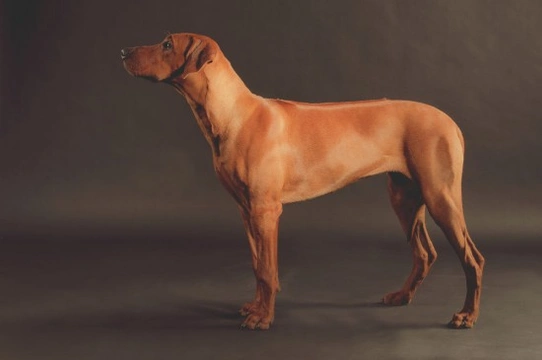
Dogs Body Condition Scoring Explained
When my vet first suggested to me that at an ideal weight my dog should have an hourglass figure I thought he was joking – not so, he was deadly serious.But how does one achieve such a thing I asked, and why?The answer to the first question was – by addressing physical, social and mental wellbeing, by providing a balanced diet that includes not only calories but proteins, vitamins and minerals.The answer to the second question was – because your dog will be fitter, suffer less illness and be happier too.
And you can begin with Body Condition Scoring:
Body condition scoring is the way in which a vet can quickly evaluate a pet’s general health. It entails weighing the animal and assessing body condition. The bodily condition of an animal is assessed by a physical examination as well as sight. An ideal weight is gauged on the following criteria:
- On examination the ribs should be felt but not seen – fat covering should be nominal.
- When viewed from above a ‘waistline’ should be visible as the body narrows behind the rib cage.
- Coat should be glossy, eyes bright and alert.
From this then your pet will be given a score and depending on which B.C.S. the vet is using this will be either a number between 1 – 9 or 1 - 5. It is important to ask which scoring is being used, particularly if you have been asked for this information from your pet insurance company. As obviously the scores will represent different body condition.
The scale of 1 – 9
On this scale 1 is equal to too thin whilst 9 represents being too fat or obese. A score of 5 is the ideal.
The scale of 1 – 5
Again 1 means the animal is too thin but 5 is equal to obese and the ideal score is 3.Nb. These ideal scores may be called the hourglass scores.Apart from the obvious there are two main advantages of having your pet assigned a body condition score:
- Assuming that your pet has a weight check at regular intervals then this will give you an immediate point of reference.
- Having significant changes highlighted, means you will be able to investigate potential underlying causes much more quickly – for instance any notable weight loss (that is not intentional) can be a sign of a number of illnesses. Kidney failure, cancer, diabetes and hyperthyroidism are all areas that should be investigated in the light of these circumstances. On the other hand significant weight gain may indicate a glandular irregularity.
As a matter of interest it should also be noted that more and more these days, pet insurers are asking for Body Condition Scores – and poor scores can affect adversely the amount of premium you pay.Let us assume though that your pet is well, by that I mean that he has no major health issues. He’s just undergone a check up and had a body condition score assigned to him and he is scoring either above or below the ideal. So what should you do?It is reasonable in fact wise at this point to look at your pets’ diet. Nutrition plays a large part in body weight as well as body condition. And to help attain the best health for your pet means, in part, that he should be eating a well balanced diet. Different animals however need different things - your vet will advise you on this if you are unsure what their needs are. Some vets will even work out a personal fitness plan for you to follow.Nb. Treats should be accounted for when planning diet – too many and you may undo your good work. But as mentioned above, diet is not the sole answer. For, like us a pet needs exercise and mental stimulation. Exercise is essential for muscle tone and play encourages a sense of well being. Without these your pet will not do as well as you might expect.Finally – an ideal weight for your pet is an ideal weight for YOUR pet. Do not make the mistake of seeing another ‘similar’ looking dog that looks in tip top condition and so aim to emulate what their owner is doing. Different animals have different situations. Some do best at certain weights than others. Age for instance is a factor in determining an ideal weight. Take into account here that a certain amount of muscle tone will naturally be lost in older and less active pets. So that hourglass figure... well maybe we could be forgiven if it becomes a little less attention distinct as time goes by!



